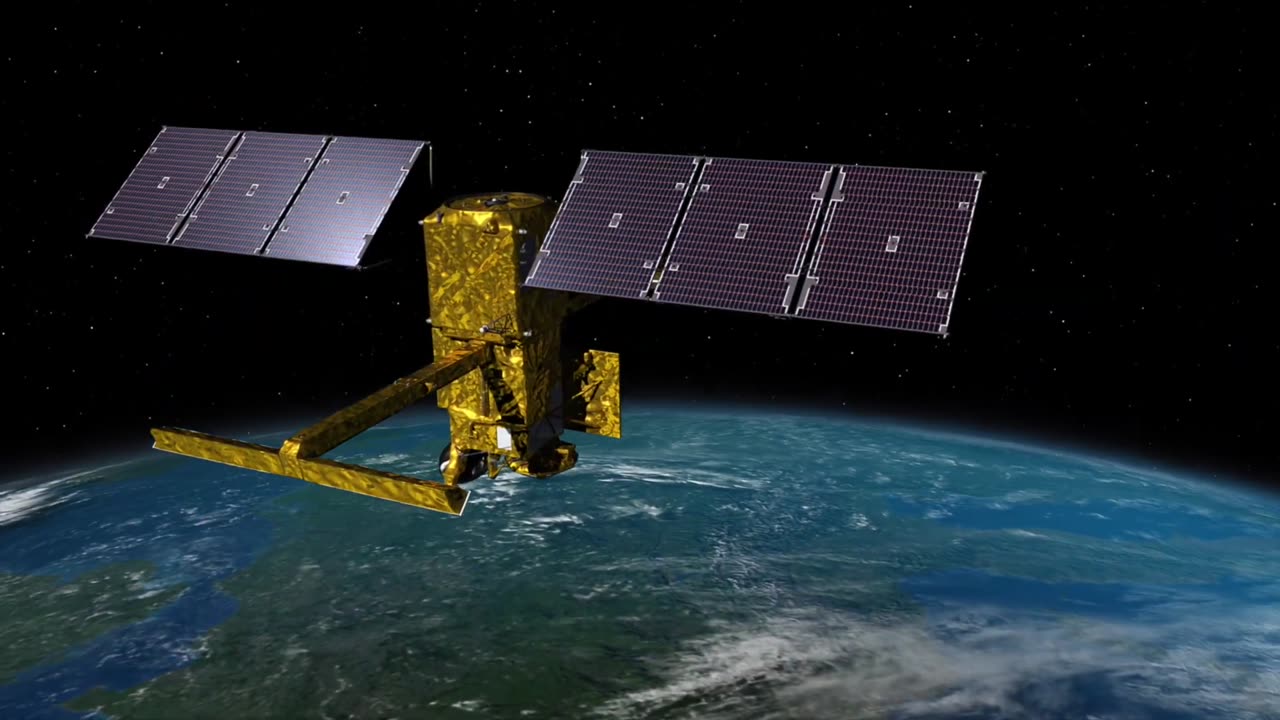Premium Only Content

SWOT: Earth Science Satellite Will Help Communities Plan for a Better Future
SWOT (Strengths, Weaknesses, Opportunities, Threats) analysis can be a useful framework for assessing the potential of an Earth Science Satellite project aimed at helping communities plan for a better future. Here's how the analysis might look:
Strengths:
Data Accuracy: Earth Science Satellites can provide high-resolution, accurate, and real-time data about various environmental parameters like sea level changes, ocean currents, and climate patterns. This accuracy enhances the credibility of the information provided.
Predictive Capabilities: The satellite's data can be utilized to create predictive models for natural disasters like hurricanes, floods, and tsunamis. This can significantly improve disaster preparedness and response.
Global Coverage: Satellites have the ability to monitor the entire planet, allowing for a comprehensive understanding of environmental changes and their impacts on different regions.
Long-Term Monitoring: Satellites can provide long-term data sets, enabling scientists and policymakers to identify trends, assess the effectiveness of interventions, and make informed decisions for the future.
Weaknesses:
Cost: Designing, building, launching, and maintaining Earth Science Satellites can be extremely expensive. This cost might limit the number of satellites deployed and the frequency of data collection.
Technological Challenges: Developing and operating advanced satellite technology requires specialized skills and infrastructure. Technical failures can disrupt data collection and transmission.
Data Interpretation: Collecting vast amounts of data is valuable, but the challenge lies in processing, analyzing, and interpreting this data accurately. Misinterpretation could lead to faulty conclusions and decisions.
Opportunities:
Improved Planning: Communities can use satellite data to better plan for infrastructure development, resource allocation, and disaster preparedness. For example, urban planners can make informed decisions to mitigate the impact of rising sea levels on coastal cities.
Environmental Conservation: Satellite data can aid in monitoring deforestation, pollution, and other environmental changes, facilitating conservation efforts and sustainable development.
Scientific Research: The satellite data can serve as a treasure trove for scientists studying Earth's systems, leading to advancements in climate science, oceanography, and more.
Global Collaboration: International cooperation on satellite projects can enhance data sharing and create a more comprehensive understanding of Earth's processes.
Threats:
Data Security: The sensitive nature of satellite data could make it susceptible to hacking, unauthorized access, or misuse.
Geopolitical Challenges: Ownership and control of satellite technology might lead to geopolitical tensions, limiting data accessibility in certain regions.
Dependency: Overreliance on satellite data could lead to a situation where communities neglect other important sources of information or practical knowledge.
Ethical Considerations: The collection and use of satellite data raise ethical questions regarding privacy, consent, and the potential for unintended negative consequences.
In conclusion, an Earth Science Satellite project aimed at aiding community planning for a better future presents significant strengths in terms of data accuracy, predictive capabilities, global coverage, and long-term monitoring. However, it also faces challenges such as high costs, technological complexities, and the need for careful data interpretation. The project's success depends on leveraging its opportunities for improved planning, environmental conservation, scientific research, and global collaboration while mitigating threats related to data security, geopolitics, dependency, and ethics.
-
 1:53:43
1:53:43
Nerdrotic
3 hours ago $0.16 earnedMysteries of 3I/ATLAS | Forbidden Frontier #113
20K3 -
 2:04:21
2:04:21
vivafrei
23 hours agoEp. 278: D.C. Peace Wave! Big Tish & Nipple Judge SPANKED! "Maryland Man" Trafficker FREE & MORE?
57.8K59 -
 UPCOMING
UPCOMING
IsaiahLCarter
12 hours agoAPOSTATE RADIO EPISODE 027: Return of the Queen Apostate (Guest: Evan Barker)
39 -
 LIVE
LIVE
yellow_1ron
2 hours agoGAMING WITH THE HOMIES JOIN UP | JOIN!
18 watching -
 LIVE
LIVE
JohnnyDrop
1 hour agoJOHNNY DROP | Let's get to 100 Followers | Warzone / PGA / Question of the Day
41 watching -
 11:52
11:52
Exploring With Nug
2 hours ago $0.07 earnedWhat’s Hiding Under This Dallas Lake We Found a Vehicle!
14.6K3 -
 LIVE
LIVE
sSK1TTL3Ss
1 hour agoBATTLEPASS Grind!
22 watching -
 LIVE
LIVE
RaikenNight
2 hours agoGoose Goose Duck then I am Building MInis
41 watching -
 LIVE
LIVE
Phyxicx
4 hours agoRocket League with Rance tonight! - 8/24/2025
29 watching -
 LIVE
LIVE
ManoloCalifas
1 hour ago🔴 LIVE - DARK SOULS 3 SEAMLESS CO-OP
22 watching